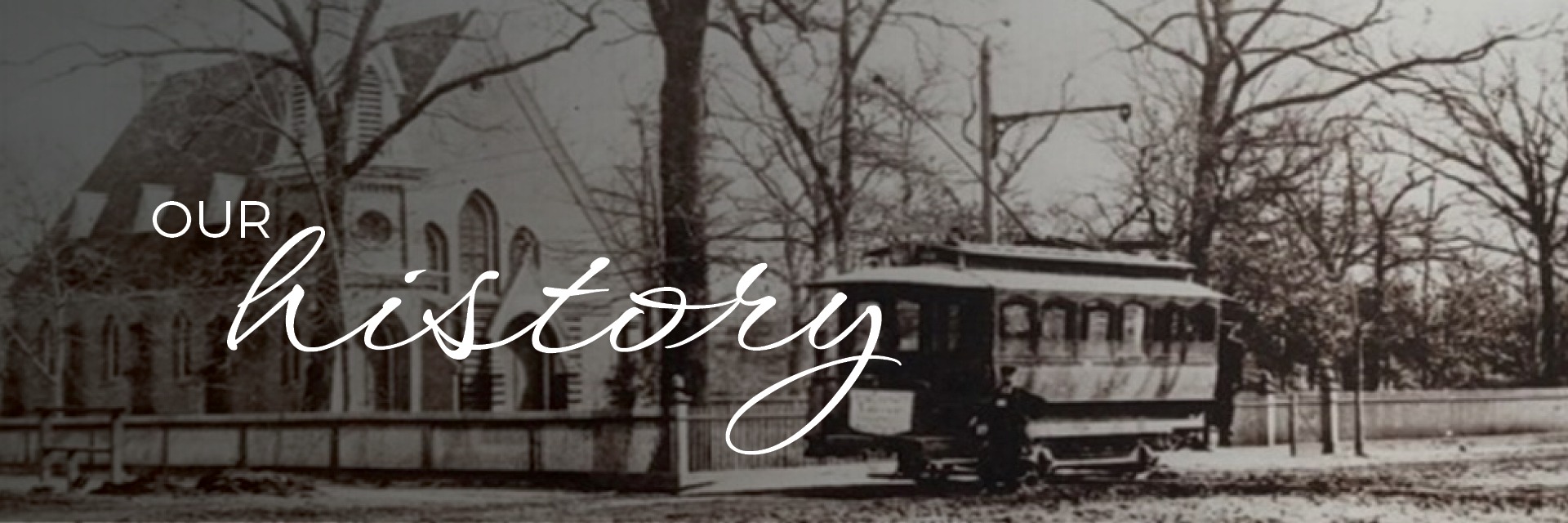
A Legacy of
Faith Since 1879
Reid Memorial can trace its roots back to 1879, when a community Sunday School and church building was built on the corner of Walton Way and Johns Road to serve the small Summerville population. The land for this new church was donated by Robert Alexander Reid, and his will stipulated the name The Reid Memorial.
A movement had been underway for several years to establish Reid Memorial as a Presbyterian Church under the Synod of Georgia. A call was issued in June 1913, and the first service of Reid Memorial Presbyterian Church was held in January 1914, with forty-six charter members.
Among the many distinguished worshipers who have attended Reid Memorial over the years, the 34th President of the United States, Dwight David Eisenhower, must be considered one of the most notable. President Eisenhower laid the cornerstone for the new sanctuary, following the Easter Service in 1954. He and Mamie regularly attended Reid Memorial during their many visits to Augusta between 1953 – 1967.
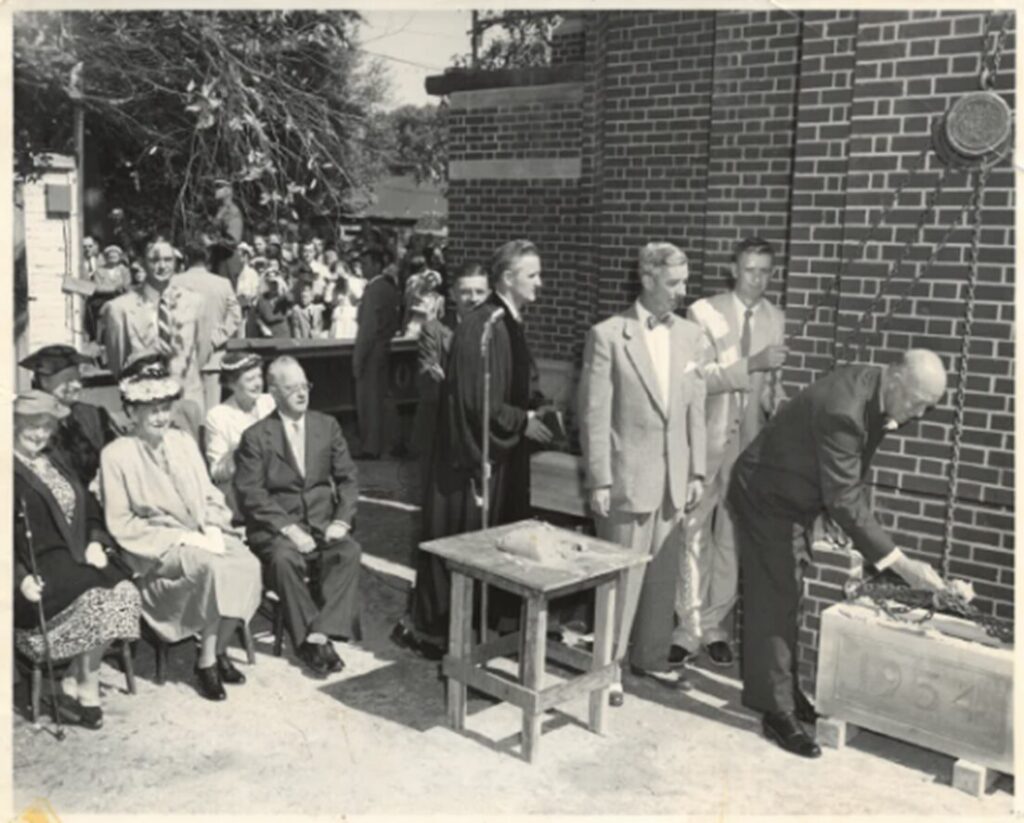
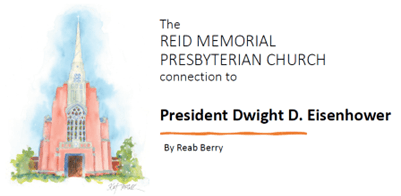
Eisenhower’s Link to Reid Memorial
Discover a unique piece of history — download The REID MEMORIAL PRESBYTERIAN CHURCH Connection to President Dwight D. Eisenhower by Reab Berry.
Ike’s Augusta – July 1998
A Look at President Eisenhower’s Legacy in the CSRA – October 2023
Augusta Church Celebrates Its Ties with Eisenhower – October 2023
The Alan Fuqua Center
The Alan Fuqua Center, the large yellow house next to the church, was built in 1848-49 by Robert Alexander Reid, and was known as Montrose. Following Mr. Reid’s death, the house became the home of Dr. Charles Collock, Jr., a widely known historian and author. The house remained in the Jones family until the mid-1900s when it was purchased by J.B. Fuqua. Montrose was donated to Reid Memorial by Mr. and Mrs. Fuqua and renamed in memory of their son Alan, in 1973.
On Sunday, September 10, 2000, the Session unveiled plans to renovate our sanctuary and pipe organ. This was an exciting moment in the life of Reid Memorial. A key component in this renovation was a custom rebuilt and expanded Schantz pipe organ with 3,383 pipes that is the focal point of the sanctuary. The renovation of our sanctuary not only improved heating, lighting, air conditioning systems, but also improved the acoustics so our choirs and organ sing with more enthusiasm. It dramatically improved our worship space, bringing much joy to our household of faith and to the many people who visit.
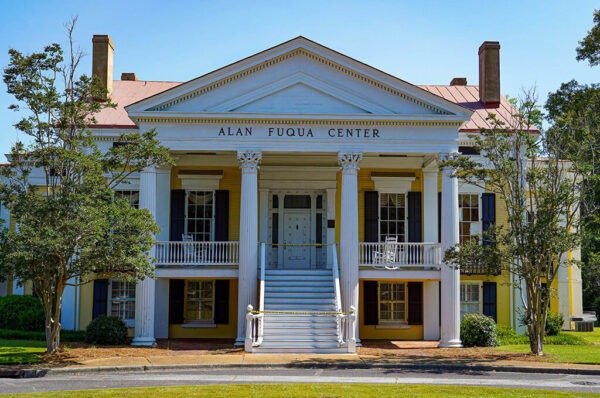
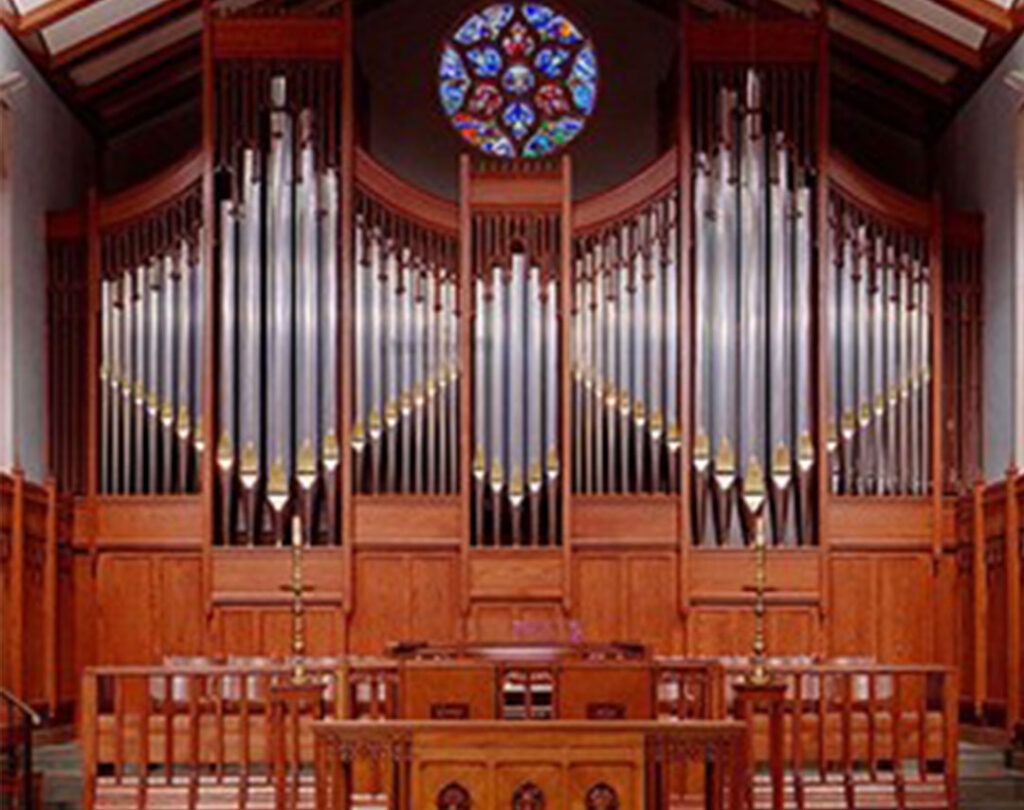
Learn More About Music History at Reid Memorial
Take a moment to discover the rich legacy behind Reid Memorial Presbyterian Church’s vibrant music ministry — Music Department: A History is an inspiring look at the devoted leaders, talented musicians, and remarkable stories that have shaped this cherished part of worship in Augusta for generations.
